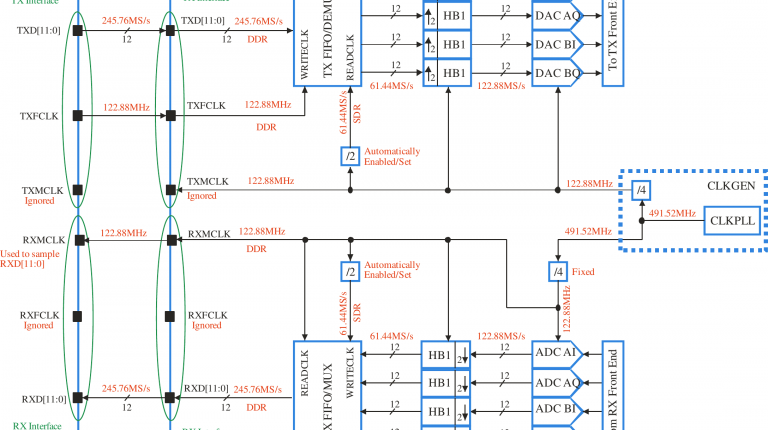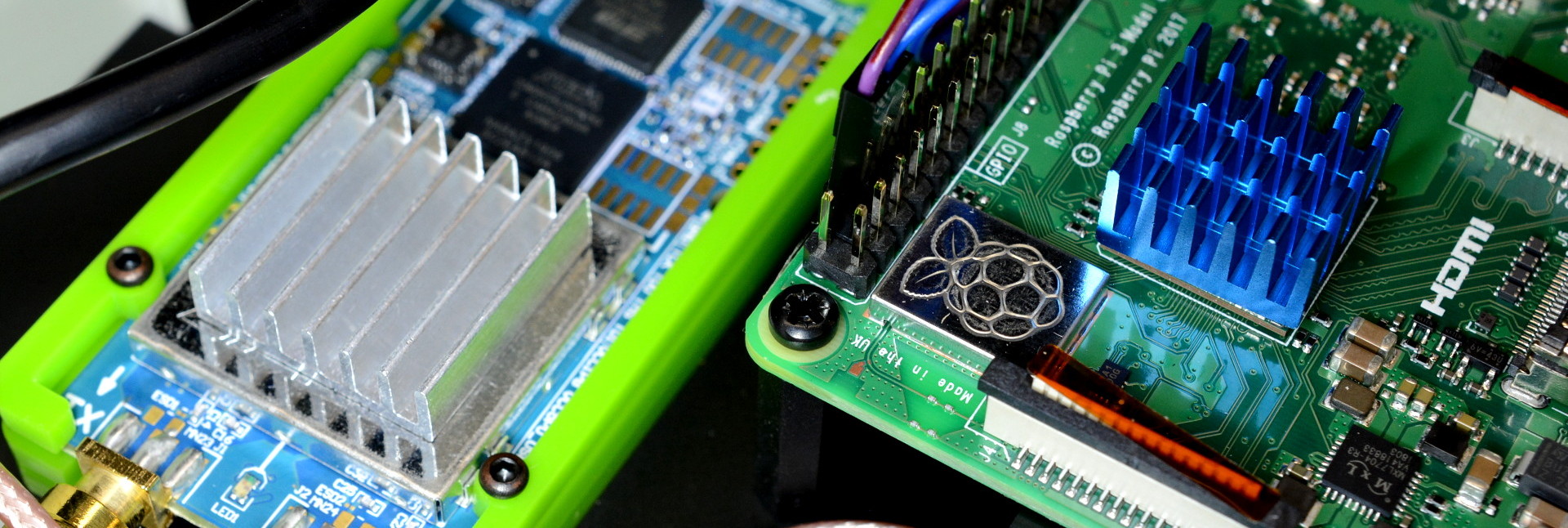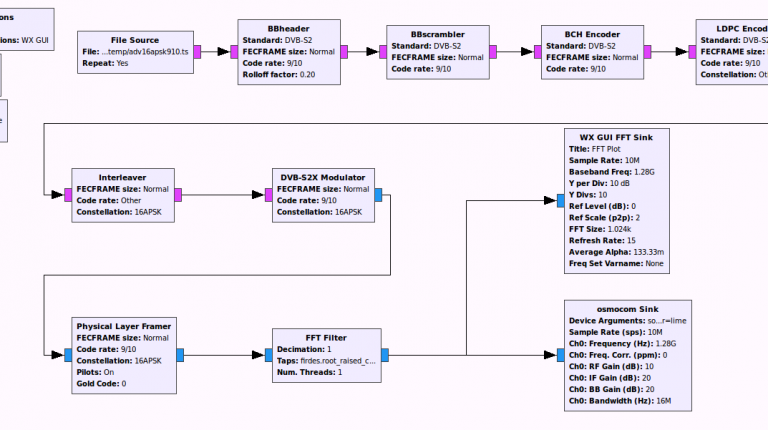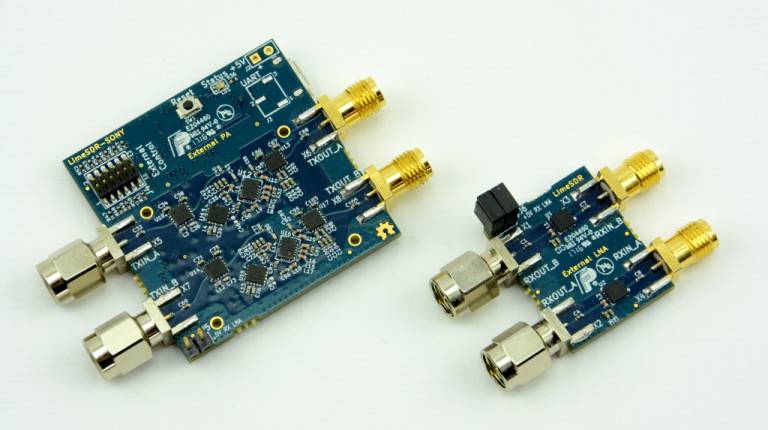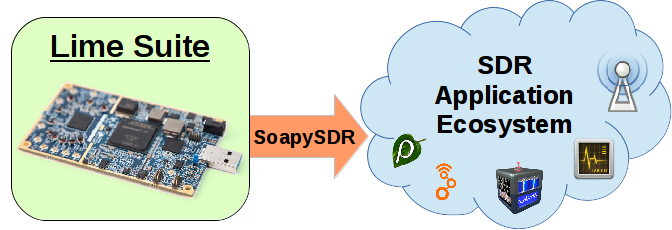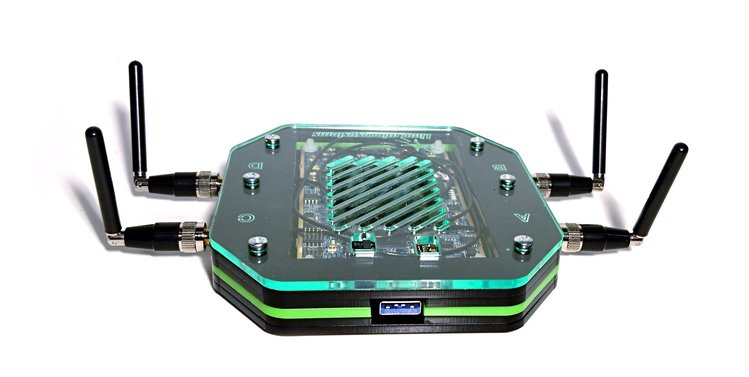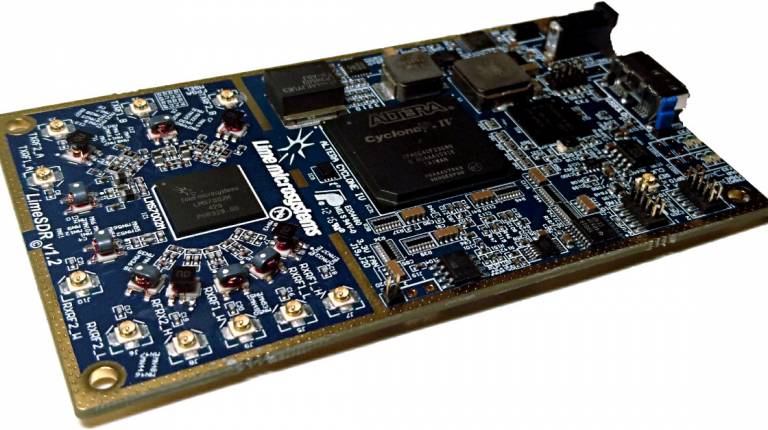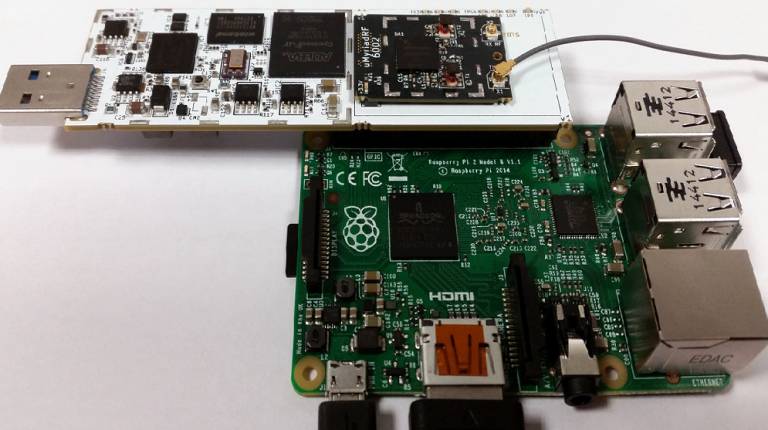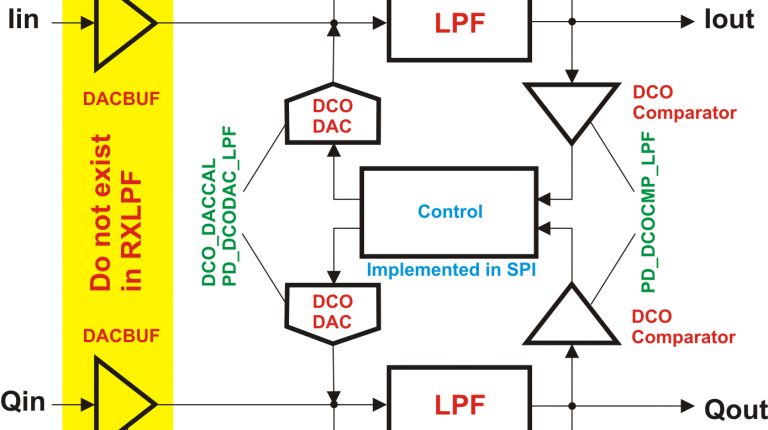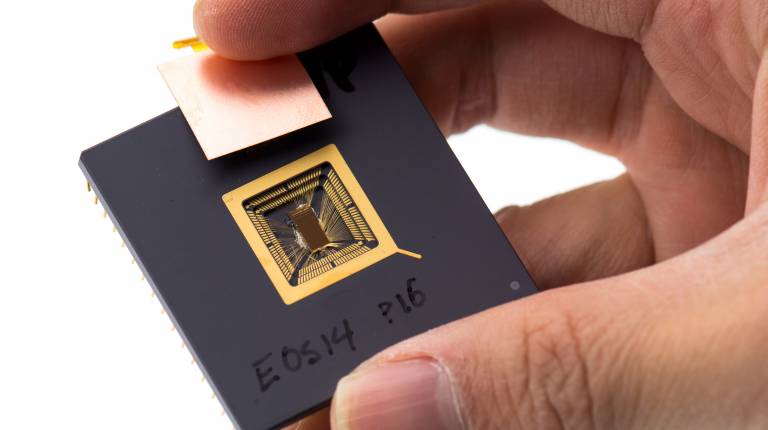LMS7002M Datasheet now available on the Wiki
As part of a continuing effort to improve both the accessibility and usability of technical documentation relating to the Myriad-RF project, launched last year as the Myriad-RF WIki Documentation Initiative, we're pleased to announce that the Lime Micro LMS7002M Field-Programmable RF IC Datasheet is now available on the Wiki alongside new documentation relating to the Stream Protocol.
